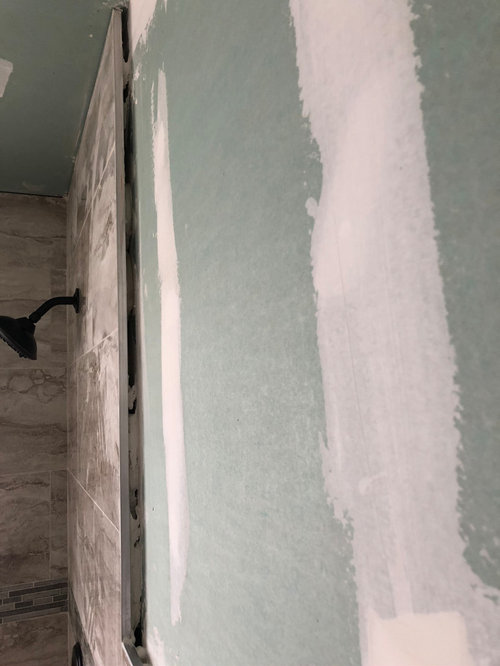
A breakaway gap is when the price suddenly jumps higher or lower, away from the previous trend and starts moving in the opposite direction. This type of gap is fairly normal and happens often. Each type of gap has a different meaning and implications for traders.Ī common gap is a period of time where the price of a security doesn’t move. There are four types of gaps that can occur on a stock chart: common, breakaway, runaway, and exhaustion. RECOMMENDED: Go here to see my no.1 recommendation for making money online Four Gap Types Traders who follow fundamental analysis may want to buy or sell the stock when it fills the gap. A company may have released new information that has caused the stock to gap up or down.

Some traders believe that gaps need to be filled before the stock can continue moving in the direction of the gap.Īnother reason stocks may need to fill gaps is due to fundamental analysis. When a stock prices gaps up or down, it leaves a hole in the chart. One reason stocks may need to fill gaps is due to the price action. RECOMMENDED: Go here to see my no.1 recommendation for making money online Why do stocks need to fill gaps? Bullish gaps occur when the stock gaps up, while bearish gaps occur when the stock gaps down. Gaps can be either bullish or bearish, depending on the direction of the gap. Conversely, if an analyst downgrades a stock from “buy” to “hold”, this could cause the stock to gap down.įinally, gaps can also form due to technical factors such as a breakout from a key level of resistance or support. For example, if an analyst upgrades a stock from “hold” to “buy”, this could cause the stock to gap up. Similarly, if a company announces poor earnings, this could cause the stock to gap down as investors sell the stock.Īnother common reason for gaps is when there is a change in analyst ratings or price targets. For example, if a company announces a new product, this could cause the stock to gap up as investors buy the stock in anticipation of the new product. One common reason is that there is news about the company that causes investors to buy or sell the stock. There are many reasons why gaps can form in stocks. RECOMMENDED: Go here to see my no.1 recommendation for making money online What Causes Gaps? Such indicators are used by investment analysts and I have reviewed the works of some of the more popular ones like Marc Chaikin and Tom Gentile. We will take a closer look at them later. As their names suggest, breakout gaps signal a break from a previous trading range while continuation gaps signal the continuation of an existing trend. There are two types of gaps that commonly occur in the stock market: breakout gaps and continuation gaps. You might want to buy more shares at $12 to fill the gap.

For example, imagine you own shares of Company XYZ and the stock price gaps up from $10 to $12. The dictionary defines a gap fill as “an unfilled space or interval.” When it comes to stocks, a gap fill is the act of buying a stock to fill the void left by a previous price move. RECOMMENDED: Go here to see my no.1 recommendation for making money online What’s a Gap Fill?


 0 kommentar(er)
0 kommentar(er)
